Embrace your Culinary Badassery and serve up some delicious Koji Faux Aged Steak! This is a super simple process which takes minimal hands-on time to complete. Follow our guide to achieve that ‘Dry Aged’ steak flavor in 48-72 hours utilizing Koji powder and a nice cut of beef!
Print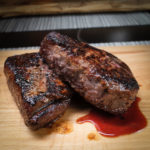
Koji Aged Steak
-
 Prep Time: 2-3 Days
Prep Time: 2-3 Days -
 Cook Time: 20 minutes
Cook Time: 20 minutes -
 Total Time: 2-3 Days
Total Time: 2-3 Days -
 Yield: 2–4 1x
Yield: 2–4 1x -
 Category: steak
Category: steak -
 Cuisine: Asian Influences
Cuisine: Asian Influences
Description
This Koji ‘Aged’ Steak preparation can be used with nearly any cut of steak and is similar to a marinating or dry brining process. After this process has been completed the steak itself can be prepared using any preferred technique such as cast iron, Sous Vide, flame broiling, etc. Feeling impatient? Let’s get straight into it. Want the details? Read on below for more information and a really cool TED talk from Cleveland on Koji!
Instructions
- Optional: Give a generous amount of Koji Powder a quick spin in the blender.
- Coat steaks with Koji Powder and place on a wire rack in the refrigerator for 48-72 hours.
- Remove steaks and rinse. Pat dry.
- Optionally dry brine with salt for another few hours or overnight.
- Prepare as desired – we utilized a cast iron skillet.
Keywords: koji powder,shio-koji,cast iron steak,faux dry aging
Introduction to Koji Aged Steak
Ahhh yes, the Koji Aged Steak Trick! Utilizing Koji Powder to emulate the taste and texture of a proper dry-aged cut of beef has been trending pretty well the past couple of years. Koji can be purchased from Asian specialty markets locally or right here on Amazon.com. Effectively it is a rice grain that has a live culture (Aspergillus
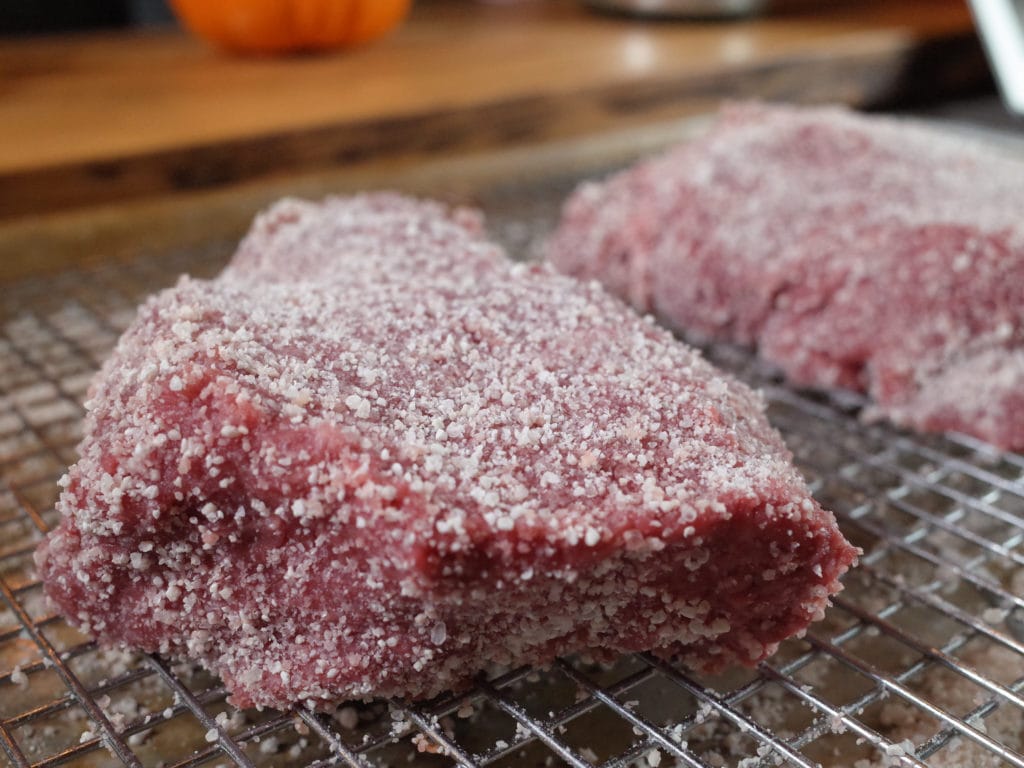
Preparing Koji Aged Steak
We happened to source our Koji from a local home chef who maintains their own living supply. The thick cuts of top sirloin were sourced from our favorite local butcher so we knew we were working with a product that we were familiar with from a taste perspective. The Koji we receive was already in a rough powder form so we just crushed it a bit further with a pint glass. If purchased in the form of whole grain it would certainly not hurt to give it a quick mill in the Vitamix or similar.
We placed the sirloins on a half-sheet pan with wire rack, generously coated them with the Koji powder, and placed them into the fridge to hang out in open air for a while. In our case, we did this for 64 hours but recommendations fall into the range of 48-72 hours. This provides a good buffer to accommodate your cooking process and dining schedule. We flipped them over once during this process to equalize the drying process.
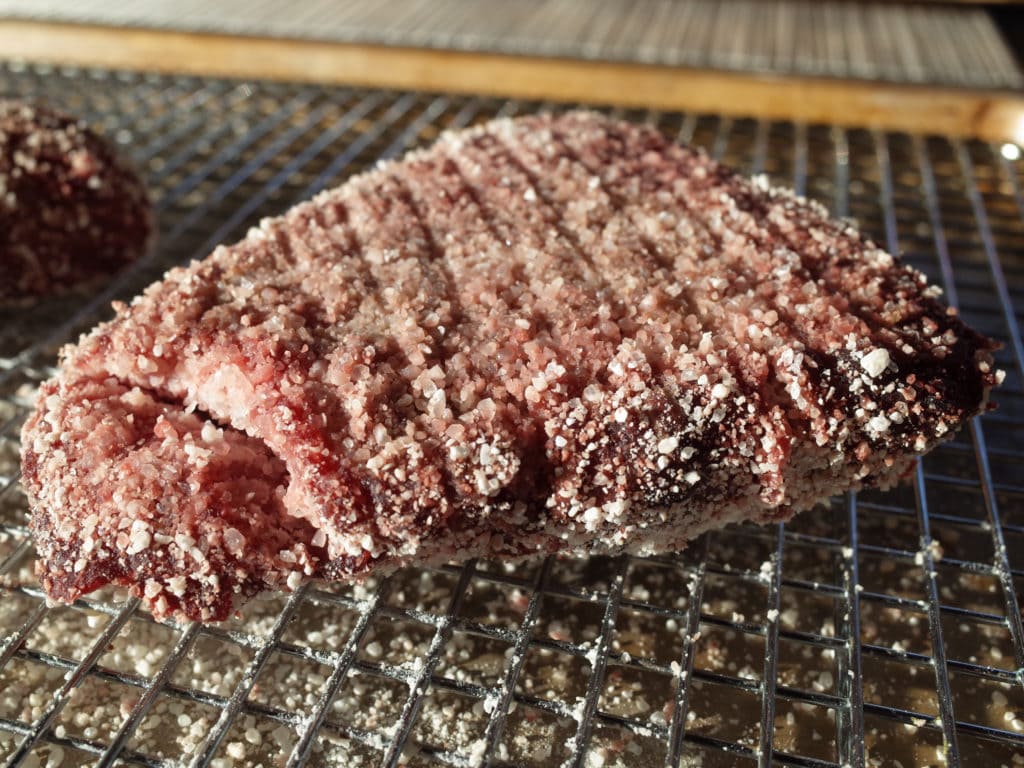
Once removed from the refrigerator you will note that your once dry and frosty Koji powder will have absorbed some moisture from the beef and transitioned in many areas to more of a dull moist coating. We scraped the coating off gently with the back of a butter knife and then thoroughly rinsed off the steaks in cold water. Don’t be alarmed if after rinsing you have some dull grey areas – this should quickly resolve itself. We rinsed the steaks and patted them dry. This was followed with a dry brine of kosher salt and they were returned to the rack in the fridge. We left them to finish drying out for 2 hours or so.
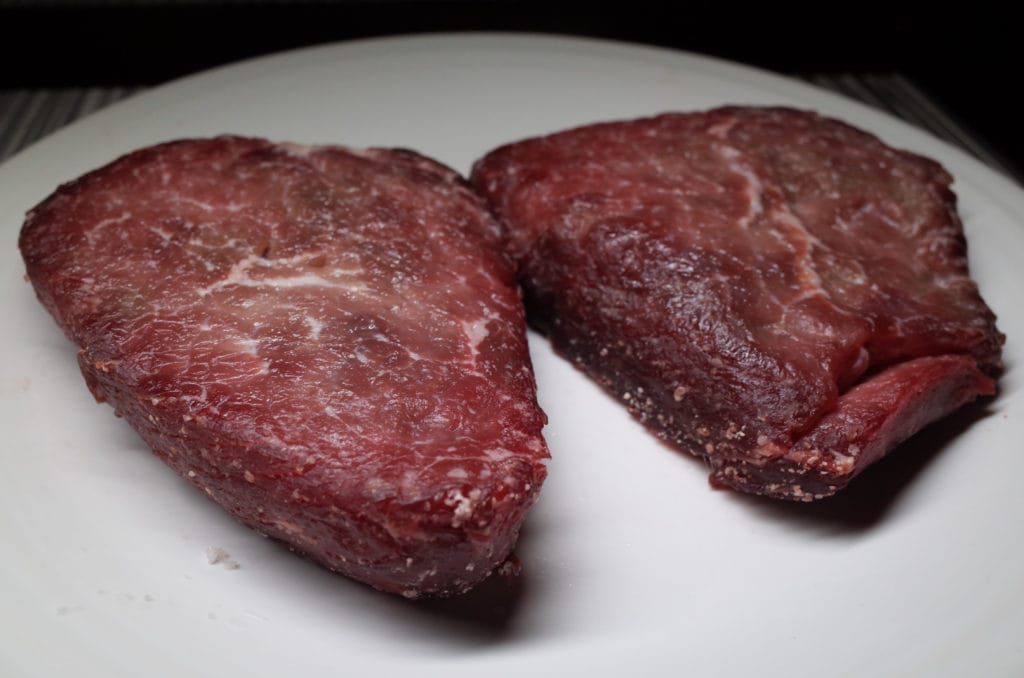
At this point, we had two delicious looking cuts of beef. There were a couple excessively dry areas around the corners that we trimmed up just slightly with a boning knife. They probably would have cooked up just fine but it didn’t take much time to trim the small bits.

This party is easy. Hit the steaks with a bit of salt and pepper or final seasoning of your choice. Next up prepare them using any method you desire such as a reverse sear on the charcoal grill, sous vide, or cast iron. You can’t go wrong.
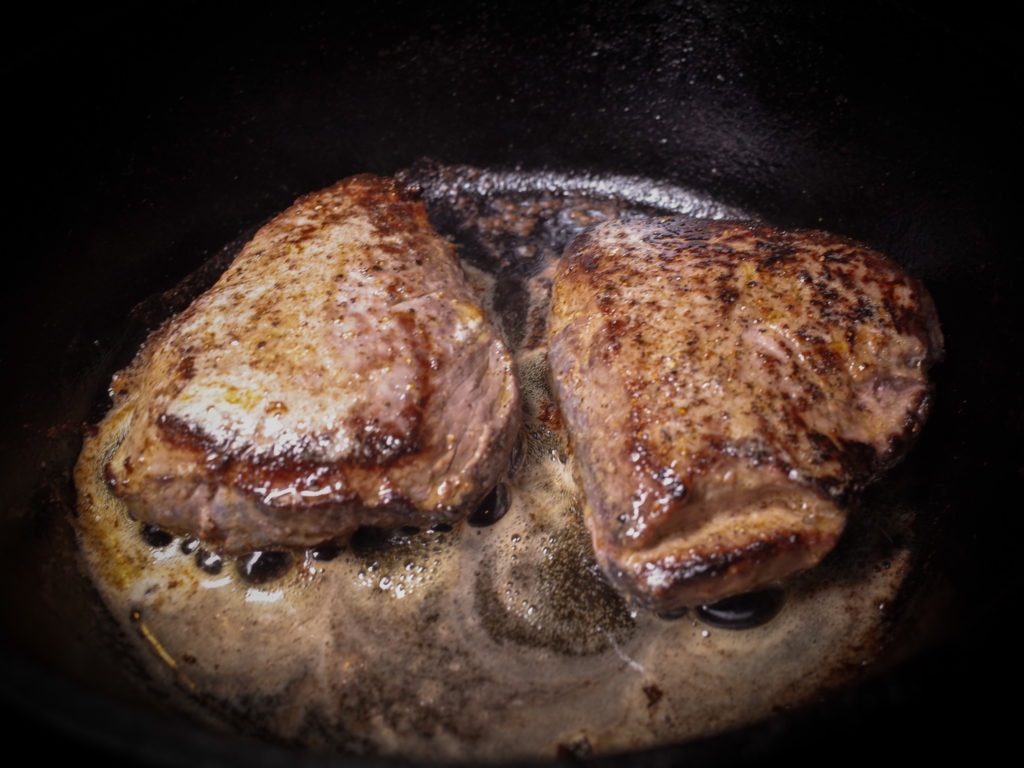
We opted for a standard cast iron preparation utilizing the deep portion of a Lodge Combo Cooker, melting a couple tablespoons of butter in the pan over the stovetop. The steaks were seared while basting occasionally with butter for 3 minutes or so on each side. We then dropped the pan into a 400˚ oven and finished to our desired internal temperature of 132˚ as indicated by our trusty ThermoWorks Thermapen.
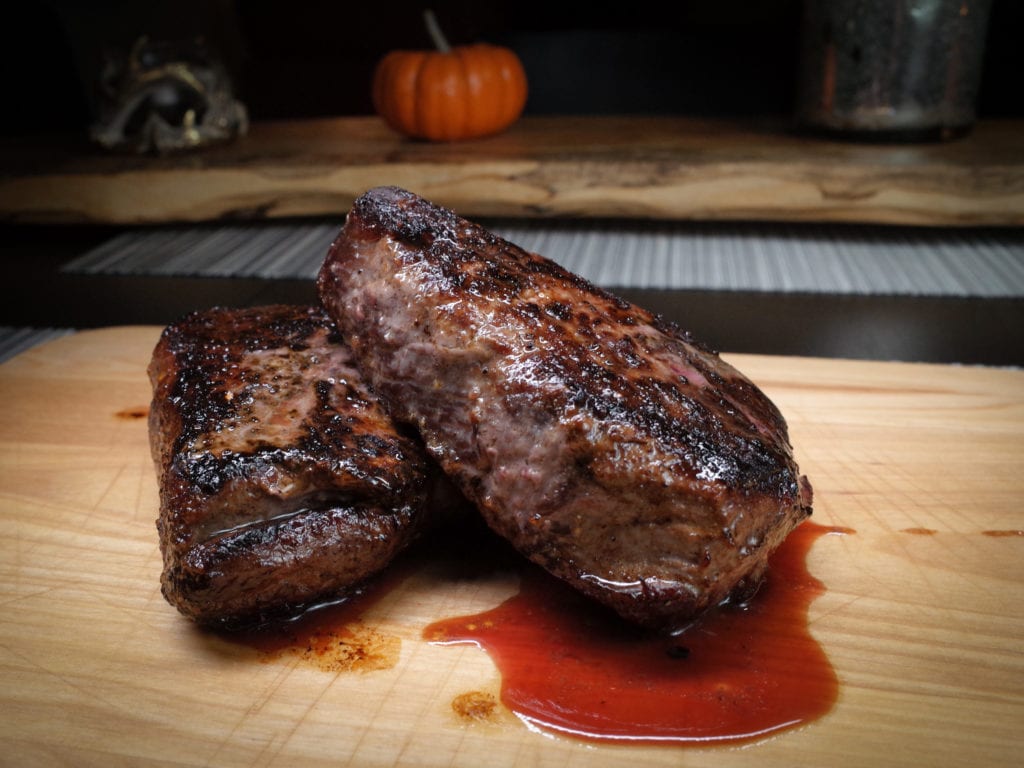
Final Results: Does Koji Aging Work?
We ended up with two delicious sirloins that were without a doubt more flavorful than nearly identical cuts from the same source that we have prepared using identical preparation techniques. The Koji Aged Steak had a more complex flavor and presence of umami that we have not experienced previously, especially with a standard thick cut top sirloin. We would agree with anyone who has described the flavor of steak prepared in this manner to be nutty and carrying a more concentrated and desirable beef flavor. All the thumbs up.
Looking for something to top off that steak? We cannot get enough of this awesome Chimichurri!!!!
Dropping Knowledge: A TED Talk on Koji
Looking For New Toys?
Not everyone knows that we’ve also hand-curated some awesome culinary products that we believe are absolutely top notch!!!

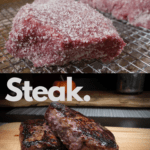

Leave a Reply